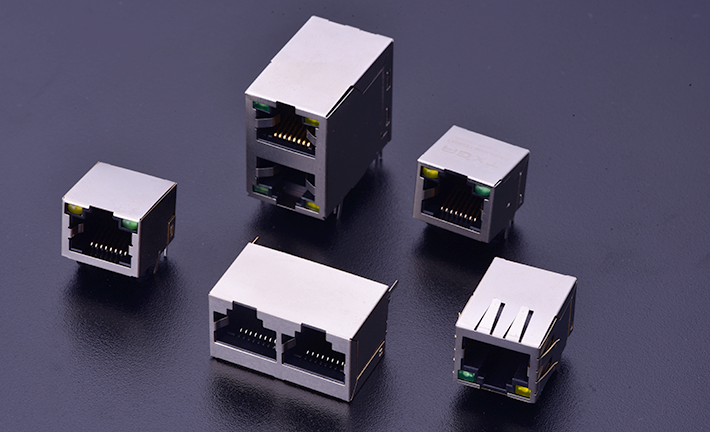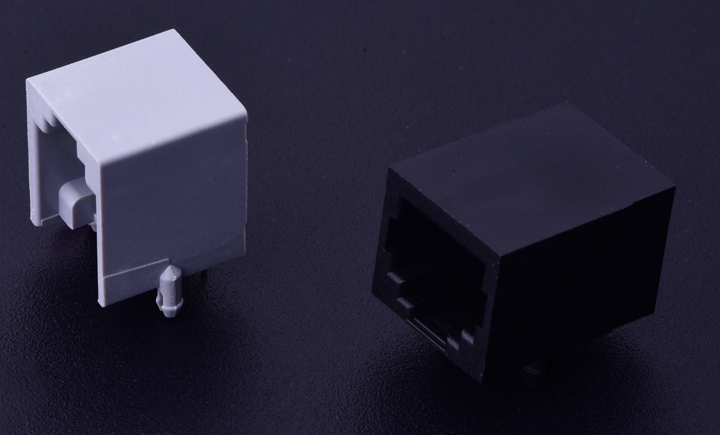RJ stands for Registered Jack and is a standardized network interface. RJ45 and RJ11 are two types of connectors that are common in our life. They have different structure and range of applications and cannot be mixed, but many people do not understand this, resulting in unnecessary equipment damage.TXGA will detail these two types of connectors.
What is an RJ45 connector?
The RJ45 connector is a connector with 8 pins. It is mainly used in Ethernet. "RJ" indicates the registered jack, and "45" indicates the serial number of the interface. RJ45 connectors are typically terminated on an Ethernet cable to connect to various network devices such as computers, routers, switches, and more.

What is the RJ11 connector?
The RJ11 connector is similar to the RJ45 connector, but has only four pins.It's a connector developed by Western Electronics that is commonly used to connect phones and modems. It should be noted that the RJ11 usually refers to a 6-position (6-pin) modular jack or plug, but only 4 pins are used. In addition, the RJ11 is also used in the 4-pin version of the modular connector.

The differences between the RJ45 connector and the RJ11 connector are mainly reflected in the following aspects:
structure
The RJ45 connector is a connector with 8 recesses and 8 contacts (8p8c), while the RJ11 connector usually has only 6 slots and 4 contacts (6p4c), so the RJ45 connector is more bulk than the RJ11 connector. Large. The RJ11 connector can usually be plugged into the RJ45 connector, but not vice versa, but it is highly recommended not to use the RJ11 connector for the RJ45 connector.
The standard line sequence
Due to the different construction of the RJ45 connector and the RJ11 connector, the wire sequence standard for wiring is also different. The RJ11 connector generally has only 6 grooves and 4 contacts (6p4c), and its wire sequence is fixed.
When wiring the RJ45 connector, there are two line order standards: T-568A and T-568B. By adopting different standards, the resulting network cable has two types: straight-through type and cross-type. If you want to make a straight-through cable, both ends of the cable can be wired according to the same standard (T-568A or T-568B). If you want to make a crossover cable, both ends of the cable should be wired with different standards.
application
The RJ45 connector is usually terminated at both ends of the network cable to connect to network devices such as computers, while the RJ11 connector is terminated at both ends of the ADSL and voice cables for connecting to a telephone or modem.
Although the RJ11 connector can be plugged into the RJ45 connector, the two do not work together because the RJ11 connector is not an international standard, and its size, insertion force, insertion angle, etc. are not uniformly in accordance with international standard connector design requirements. If forced to use together, it may damage the RJ45 interface of the device.